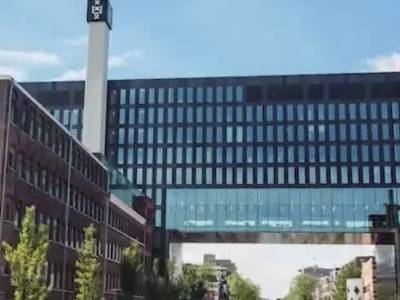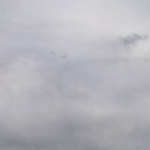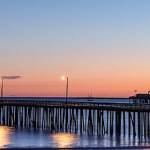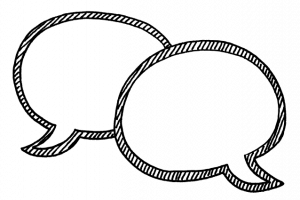Julia de la Parra, a lawyer from Argentina, received her JD in Buenos Aires in 2008, spent four and a half years working there, then completed an LL.M. at Northwestern University and assumed an associated professional job at a North Carolina law firm.
But since only four US states allow foreign students with an LL.M. to sit the bar, de la Parra was unable to work as a lawyer at her new company.
"For someone with an international background, if you don't want to limit yourself to the basics of trying to find a job in New York [one of the states that allows LL.M. students to take the bar], you basically need a JD if you want a career in the States," she says.
That's why de la Parra decided to enroll in Wake Forest University's new two-year JD program, one of a growing number of truncated JD programs that's sprung up in the US in the past few years.
There are two types of two-year JD programs: accelerated JD programs, which are geared towards American students who don't want to spend three years out of work, and international JD programs, which are geared towards international students like de la Parra who already hold an undergraduate degree in law from their home country.
The concept of the two-year JD has existed for several years. Northwestern University School of Law was one of the first US law schools to offer a two-year JD program; the school inaugurated a program geared towards domestic students in 2008, but dismantled the program this year due to low enrollment and changes in the American Bar Association's regulations regarding students who have taken the GMAT, which was a target demographic for Northwestern.
Northwestern, however, continues to offer a two-year program aimed at international attorneys—one of the first of such programs—which covers a range of topics in US law and is integrated with the school's traditional three-year JD program.
A number of other US law schools have recently rolled out similar JD programs aimed at international lawyers. Fordham University, Drexel University, and Wake Forest University have all inaugurated such programs in the past two years. Other schools, including the University of Arkansas, DePaul College of Law, the University of Southern California's Gould School of Law, the University of Kansas, and SUNY Buffalo, also offer similar programs.
The advantages of holding an American JD are manifold for foreign lawyers. A JD can help students like de la Parra achieve eligibility for the bar exam, and also help them achieve certifications in two countries. These programs also benefit universities by drawing bright, intelligent foreign lawyers who enrich classrooms and alumni networks.
"We decided to start the new program because of opportunities to attract highly qualified, interesting law students in a variety of innovative ways against really tough competition. There are lots of great law schools in the US and we're willing to make the investment to travel the world to find these lawyers," says Dean Roger Dennis from Drexel.
But although American JD degrees are often helpful for foreign lawyers, spending three more years on legal education can be a deterrent for foreign lawyers who have already spent years on their studies. That's where two-year JDs come in.
"Saving the extra year of living expenses and getting back into the job market a year earlier makes the program economically attractive to students," says Dennis.
Schools like Drexel are able to allow foreign students to complete their degrees in two years because of the American Bar Association's stance on foreign credit. As long as a student has completed a foreign law program that meets ABA standards, one-third of the credits for an American JD can come from the foreign program. This policy also translates into cost savings for students, since foreign law schools are often much cheaper than American schools.
But students at two-year international law programs still must fulfill all of the same requirements as students at three-year programs.
"Their first year of the two-year JD program is exactly like the first year of a three-year JD program. They take all 1L required courses," says Dick Schneider, associate dean for international affairs and law professor at Wake Forest University. "Those are the courses that are tested most thoroughly on the bar exam."
In general, the shortened program translates into fewer electives for these students, since students typically have flexibility in choosing electives during their third year in law school.
One consideration for lawyers and students applying to these two-year JD programs is whether Law School Admission Test (LSAT) scores are required for application. Schools such as Fordham, Drexel, DePaul, Arkansas and SUNY Buffalo don't require the LSAT for foreign lawyers applying to two-year JD programs. However, Wake Forest, the University of Kansas and USC Gould do require students to submit scores.
Networking opportunities
Officials say that two-year international programs benefit not only foreign lawyers and universities, but also the international lawyers' future American colleagues.
"It's great for domestic lawyers to work with a lawyer from Germany, a lawyer from Pakistan, and have the perspective of a practicing lawyer from a foreign country," says Drexel’s Roger Dennis.
One foreign lawyer who will contribute her expertise to American law firms is de la Parra, who is planning to work in New York City in summer 2016.
But these programs are attractive even to lawyers who have no intention or ability to stay in the United States, says Schneider. These students are happy to achieve dual accreditation and return to their home countries with proof of their academic and English-speaking prowess.
"Students are interested in getting this kind of degree, and it doesn't necessarily mean they're going to stay here," Schneider says. "Even if they do graduate and get the JD and pass the bar, they still might have issues with visa and residence requirements that wouldn't make it easy for them to stay in the US. They're happy to go back to their home environments and be accredited in two jurisdictions."
Image: University of Saskatchewan/Dave Stobbe / Flickr (cropped) - Creative Commons










